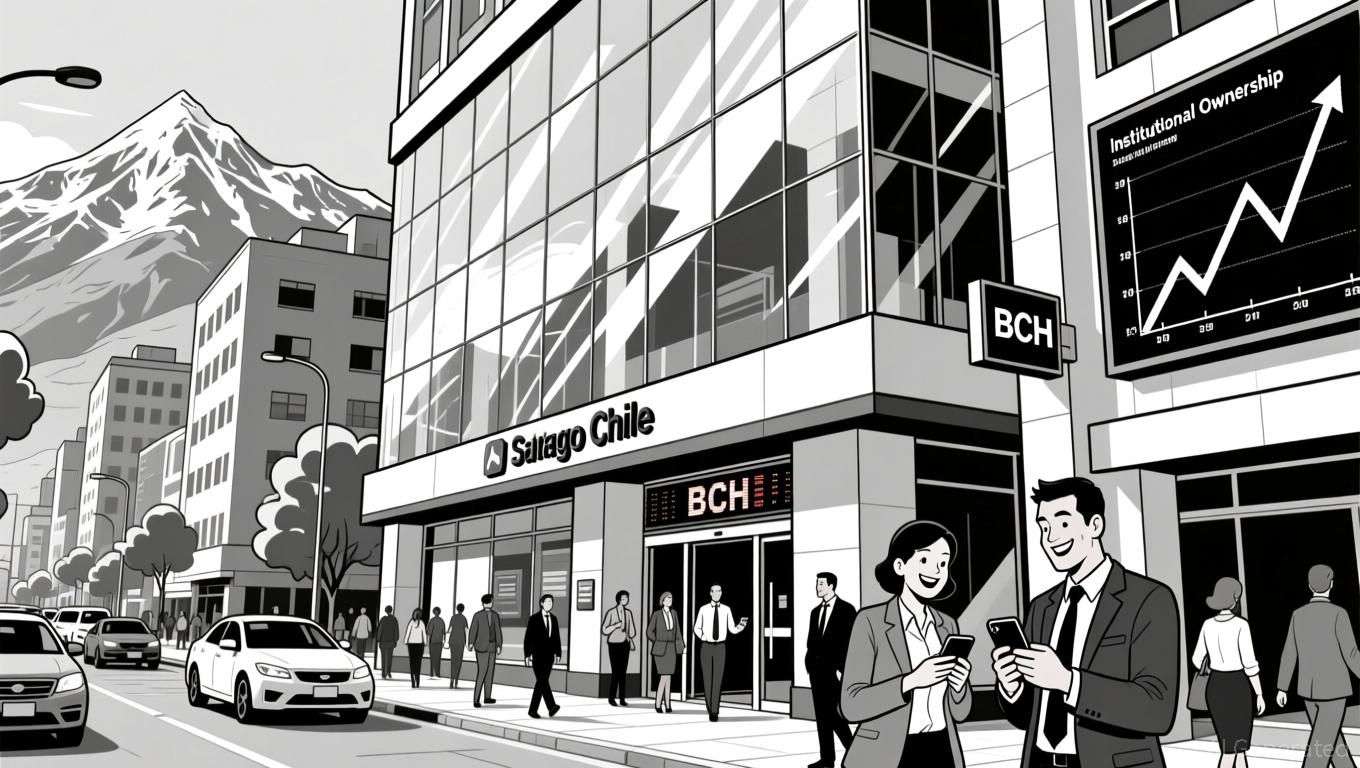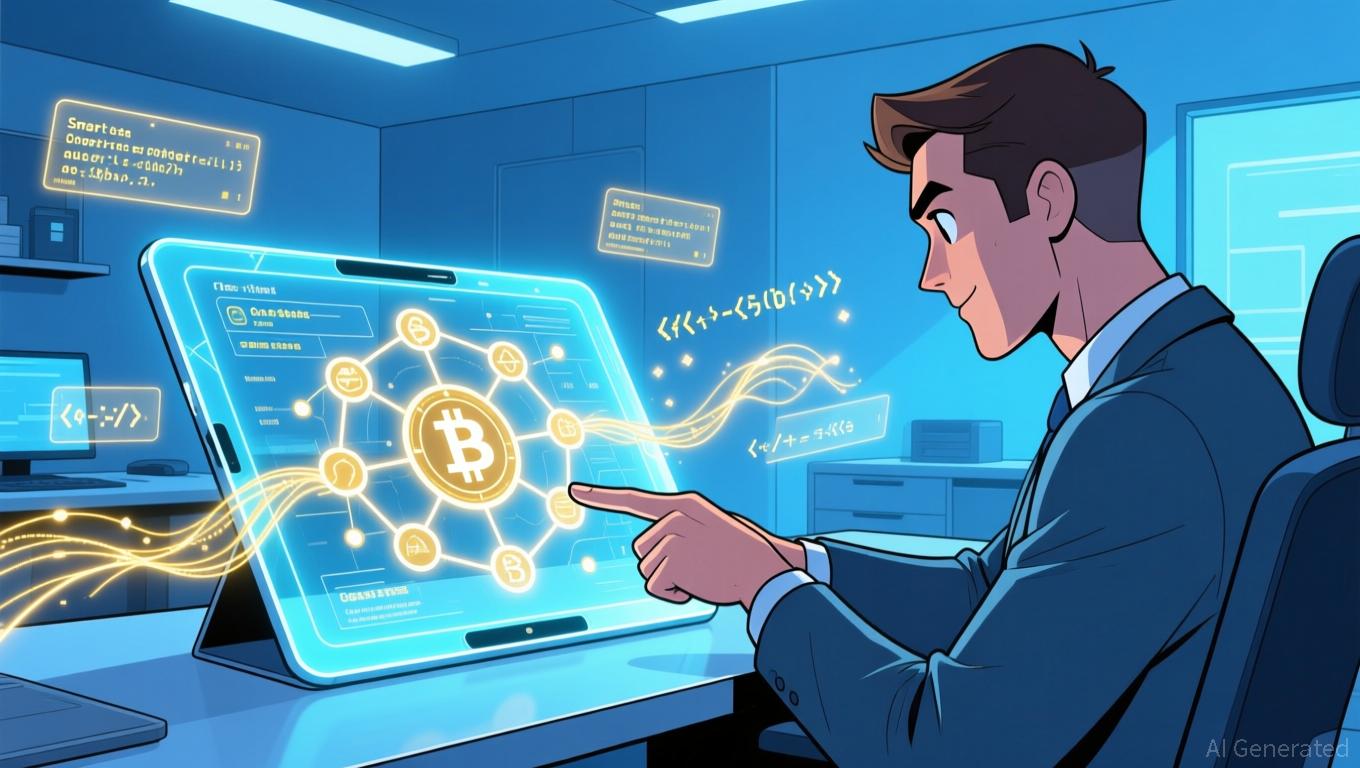When Nigel Morris expresses concern about the state of the economy, it’s worth paying attention. Morris, known for co-founding Capital One and pioneering lending to subprime customers, built his success on a deep understanding of how much financial strain the average American can bear. Now, as an early backer of Klarna and other buy-now-pay-later (BNPL) firms such as Aplazo in Mexico, he’s observing trends that deeply unsettle him.
“Seeing people use [BNPL services] for essentials like groceries,” Morris said during a conversation at Web Summit in Lisbon this week, “is a pretty stark sign that many are facing real financial hardship.”
The data supports his concerns. According to Empower, a financial services company, BNPL platforms now have 91.5 million users in the U.S., and Lending Tree’s October survey found that by earlier this year, 25% of those users were using BNPL to pay for groceries.
These purchases aren’t luxury items like designer handbags or the latest tech gadgets, which BNPL was initially promoted for. Repayment is also an issue. Lending Tree reports that default rates are climbing: in 2025, 42% of BNPL users missed at least one payment, up from 39% in 2024 and 34% in 2023.
This isn’t just a story about consumer finance—it’s a warning sign for the broader fintech sector and beyond. It hints at a potentially serious issue, reminiscent of the early signs before the 2008 mortgage meltdown, with one key difference: this time, much of the risk is hidden.
Why is that? Most BNPL loans aren’t reported to credit bureaus, creating what regulators refer to as “phantom debt.” This means lenders can’t see if someone has taken out multiple BNPL loans across different platforms. The credit system is essentially operating in the dark.
“If I’m a BNPL provider and I neither check nor report to credit bureaus, I have no idea that Nigel might have taken out ten such loans in the past week,” Morris explained. “That’s absolutely the case.”
Storm clouds gathering
The available statistics are both troubling and outdated. The Consumer Financial Protection Bureau (CFPB) released data in January after monitoring major BNPL providers like Affirm, Afterpay, and Klarna, showing that about 63% of users had multiple concurrent loans at some point during the year, and 33% borrowed from several BNPL companies.
The same data showed that in 2022, 20% of consumers with a credit file used BNPL for at least one purchase, up from 17.6% in 2021. Around 20% of users were frequent borrowers, taking out more than one BNPL loan per month on average, up from 18% the year before. The average number of new loans per user also rose from 8.5 to 9.5.
The profile of BNPL borrowers is also worrisome: as of 2022, nearly two-thirds had low credit scores, and 78% of subprime or deep subprime applicants were approved.
To clarify, BNPL hasn’t yet reached the scale of a systemic risk. The total market is in the hundreds of billions, not trillions. Still, the lack of transparency—especially as these loans are concentrated among financially vulnerable borrowers—demands closer scrutiny.
In fact, considering that economic conditions have worsened for many subprime groups over the past three years—particularly in auto lending—these figures are likely even higher now.
The reason for the lack of up-to-date BNPL data is regulatory turmoil. Under President Biden, the CFPB aimed to regulate BNPL like credit cards, applying Truth in Lending Act protections.
The Trump administration reversed this approach. In May, the CFPB announced it would not prioritize enforcing that rule. Shortly after, acting director Russell T. Vought rescinded 67 interpretive rules, policy statements, and advisory opinions, including those related to BNPL, arguing that the rules offered “little benefit to consumers” and imposed a “substantial burden” on regulated companies. (In other words, BNPL firms lobbied effectively.)
Soon after, the CFPB released a new report with a notably different tone. Focusing on first-time borrowers, the agency found that those with subprime or no credit repaid their BNPL loans 98% of the time, and found no evidence that BNPL usage led to debt distress.
The contrast between this optimistic report and the 42% late payment rate highlights a key data gap: we lack reliable insight into how borrowers fare over time, especially those managing several BNPL accounts. The positive findings are based on new users, while the troubling statistics reflect the broader user base.
In May, New York introduced licensing requirements for BNPL companies to address this gap. However, state-by-state rules create a patchwork that savvy financial firms can easily navigate.
When asked if he sees similarities to 2008, Morris—who has closely followed financial trends as a fintech investor for nearly two decades—was careful not to exaggerate the comparison.
“I do think it’s a genuine concern,” he said, choosing his words with care. “If you step back and look at the current state of the U.S. consumer, and consider the businesses involved in lending to them—so far, things are stable. Delinquencies haven’t risen yet. Charge-offs haven’t increased. But there are definitely warning signs ahead.”
He noted that unemployment has reached 4.3%, the highest in nearly four years. He also mentioned the “uncertainty around immigration, tariffs, and the recent government shutdown.” Small and midsize businesses “are very hesitant to invest. Over the past nine months, there’s been a significant pullback due to all this instability.”
Adding to the mix is the end of the student loan payment pause—“the largest asset class after mortgages,” Morris pointed out. According to a September Congressional Research Service report, about 5.3 million borrowers are in default and another 4.3 million are seriously delinquent.
Morris is quick to clarify that the situation hasn’t reached crisis levels. “Delinquencies haven’t increased yet. Charge-offs haven’t gone up yet,” he said. But the combination of hidden debt, rising unemployment, the resumption of student loan payments, and regulatory rollbacks could quickly worsen the situation.
The main worry isn’t just BNPL debt—it’s the ripple effects. The Federal Reserve Bank of Richmond has warned that BNPL’s systemic risk comes from its “spillover effects onto other consumer credit products.”
It’s important to note that because BNPL loans are usually smaller than credit card or auto loans, borrowers often prioritize paying them off, which can lead to defaults on larger debts. Someone might keep up with their BNPL payments while falling behind on credit cards, car loans, or student loans.
‘The mom test’ in consumer lending
Morris has experience on both sides of this issue. He transformed subprime lending at Capital One and later invested in fintech startups aiming to disrupt traditional finance, including Klarna, which went public this year and is now valued at $13.5 billion, despite being only marginally profitable (partly because it absorbs borrower default risk).
With this background, I asked him on stage: “Where’s the line between serving underbanked communities and enabling people to get in over their heads? Have these companies crossed it?”
Morris appeared to genuinely grapple with the question, telling the assembled investors that it’s a “very, very tough question. I believe having a strong moral compass is crucial in consumer lending.”
He recalled “the mom test” from his Capital One days: “If you explained this product to your mother and she called to ask, ‘Should I sign up for this?’—if you can’t honestly say, ‘Yes, it’s a good product,’ then you shouldn’t be offering it to the public.”
Morris likely wouldn’t put BNPL companies in this category, given his investments. But perhaps the rest of us should, at least until regulations catch up. Since most BNPL companies don’t report to credit bureaus, not only is it hard to track their impact, but borrowers also can’t use positive repayment history to qualify for cheaper credit.
That’s actually part of the business strategy. “Some BNPL firms don’t want customers to build their credit scores,” Morris said, “because they don’t want consumers to move on to other forms of credit.”
While Morris and I discussed these ethical dilemmas, the issue is set to grow, as BNPL becomes more integrated into the financial system and the lines between this unregulated lending and traditional banking blur.
Klarna has operated as a licensed bank in Europe since 2017. Affirm now has nearly 2 million debit card users who can finance in-store purchases, bringing BNPL into physical retail. Both companies are part of Apple Pay and Google Pay, making BNPL as easy as tapping your phone.
Traditional financial institutions are also jumping in. PayPal processed $33 billion in BNPL transactions in 2024, growing 20% year-over-year. Major banks now let customers split purchases after buying. Through partnerships with payment processors like Adyen, JPMorgan Payments, and Stripe, Klarna’s reach now extends to millions of merchants. What began as a niche checkout option is now becoming a core part of financial infrastructure.
Morris sees this transformation everywhere. “When I talk to software companies now embedding payments, lending, and insurance,” he said, “and ask, ‘Where will your revenue come from in five years?’ the answer surprises even seasoned investors like me. They say, ‘I expect to earn more from embedded finance than from my main software business.’”
Morris added: “It may start as a small add-on, but as competition squeezes margins in the core business, these financial services often become the most durable and profitable part of the company.”
Is another bubble forming?
The real risk may lie in the next phase: business-to-business BNPL. The trade credit market, where suppliers extend credit to buyers, totals $4.9 trillion in payables among U.S. companies alone, according to The Economist. That’s four times the size of the U.S. credit card market. Having established themselves in consumer lending, BNPL firms are now targeting this sector.
B2B BNPL providers like Hokodo report that when small businesses use BNPL, their spending rises by an average of 40%. While this may boost commerce, it also means debt is piling up faster.
In fact, this debt is being bundled and sold at a pace reminiscent of 2008. Last year, Elliott Advisors bought Klarna’s $39 billion UK loan portfolio. In 2023, KKR agreed to purchase up to $44 billion in BNPL debt from PayPal. By June this year, Affirm had issued about $12 billion in asset-backed securities.
This mirrors the subprime mortgage strategy: package risky consumer debt, sell it to investors who think they understand the risks, and create complex financial products that obscure the true level of exposure. The difference now is that much of this debt isn’t reported to credit bureaus.
After speaking with Morris and researching this topic, my conclusion is that we’re witnessing two potential bubbles, but only one is getting the attention it deserves—at least in Silicon Valley.
The AI boom has dominated headlines lately, with growing skepticism about $100 billion data centers, soaring valuations, and massive venture capital rounds.
The BNPL issue is different but equally important. It’s largely hidden, lightly regulated, and impacts the most financially vulnerable Americans—about 40% of the population. It’s people splitting grocery bills into four payments and recent grads juggling student loans alongside multiple BNPL accounts.
With so much optimism in certain parts of the economy, it’s easy to overlook this looming problem. But if consumer debt becomes unmanageable, the consequences will be widespread—and venture capitalists and their portfolio companies will not be immune.
As Morris monitors his BNPL investments from the investor’s side, he seems more attuned to these warning signs than most. He’s not forecasting a collapse—he’s calling for vigilance. The real question is whether regulators will act before it’s too late.


